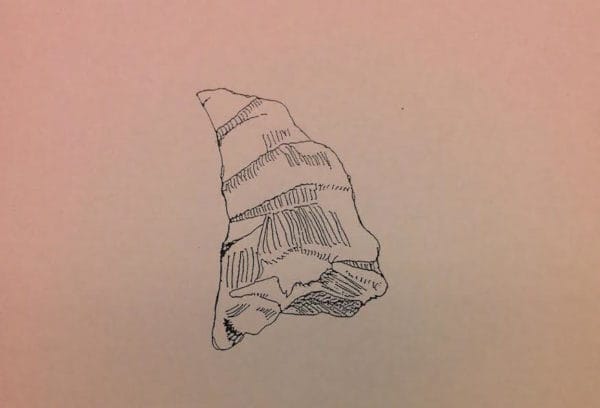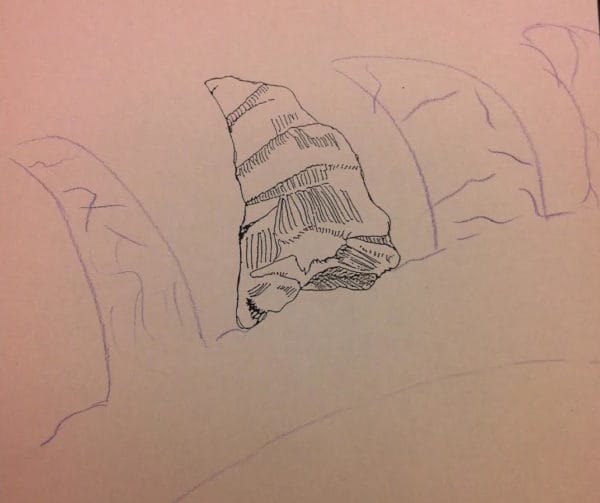March 15, 2016
(Photo credit: Caitlin Wolf/Center for Inspired Teaching)
This piece was written by Caitlin Wolf, Program Associate at Center for Inspired Teaching.
This February, I walked into the DC Public Schools’(DCPS) professional development session to find teachers already busy at work. It was one of several district-wide PD days that DCPS hosts throughout the year, when DCPS teachers gather in their respective subject and grade levels to learn and strengthen their practice. This year, Inspired Teaching’s SCALE: Science Curriculum Advancement through Literacy Enhancement Teacher Leaders have been asked to lead many of the sessions, introducing the Cornerstones they’ve developed for use in DCPS schools. I was there to watch our Teacher Leaders in action and to see the response of other teachers to the Cornerstones, as all teachers are now expected to use these core-curricular lessons throughout the year.
Inspired Teacher Leaders LaTasha Boone, from Cardozo Education Campus, and Nicole McGill, who teaches at Charles Hart Middle School, were leading the session. As I walked in, Ms. Boone greeted me at the door. This lesson was her design, and she had just finished introducing the directions to the group of middle school life science teachers. She handed me a piece of paper with one triangular shape on it and told me that participants were drawing a fossil, completing the fragmented image on the page. I shyly told her that I really didn’t know much about fossils, and she smiled and said, “that’s the beauty of it. It can be anything!”
As I went to find a seat, I looked around the room at the participants’ work. One person had drawn a dinosaur foot around the provided triangle image, making it a toe of a giant T-Rex. Another person made it the beak of an ancient-looking bird. I sat down, looked at the image for a moment, and saw it as a tooth in part of a large, carnivorous jaw. I grabbed a colored pencil and began drawing the image.
When we were done drawing, Ms. Boone asked us to write down information about our fossil – in which kind of climate did this creature live? Was it a meat eater, plant eater, or both? Did it swim, walk on land, or fly? Remembering her words at the beginning – “That’s the beauty of it. It can be anything!” – I examined my fossil, and wondered about its story. I had drawn sharp teeth, and sharp teeth could be used to shred meat. It had a big jaw and was probably high up on the food chain. Through an investigation into my own work, I recorded my fossil’s story – that it must have been from a vicious carnivore that resided in a warm climate. As everyone presented their different fossils and descriptions, I felt confident that I could share my drawing and my reasoning with the group. It had come from my imagination, and it was based in my knowledge, after all.
As the teachers and I debriefed about the activity, one participant said the activity was fun and asked if it could be used as an exit ticket to determine what students had learned about fossils. Ms. Boone and the group discussed this idea and how the activity could also be used at the beginning of class to assess prior knowledge of fossils, let students exercise their creativity, and get students engaged.
This is the type of classroom experience Inspired Teaching believes all students should have. Using our background knowledge of how creatures tend to look and what these physical characteristics tell us about their habits, our group of learners was pushed to use both our Intellect and our Imagination to draw something completely new. I could share my work confidentlybecause it was my creation, and I felt comfortable explaining it to others, even in the face of questions. Right there, in the first ten minutes of our class, we exercised the 4 I’s– Intellect, Inquiry, Imagination, and Integrity – through an enjoyable, engaging learning process.
I only wish more classes could be like this – places where student ideas are welcomed with the same message: “That’s the beauty of it. It can be anything!”


